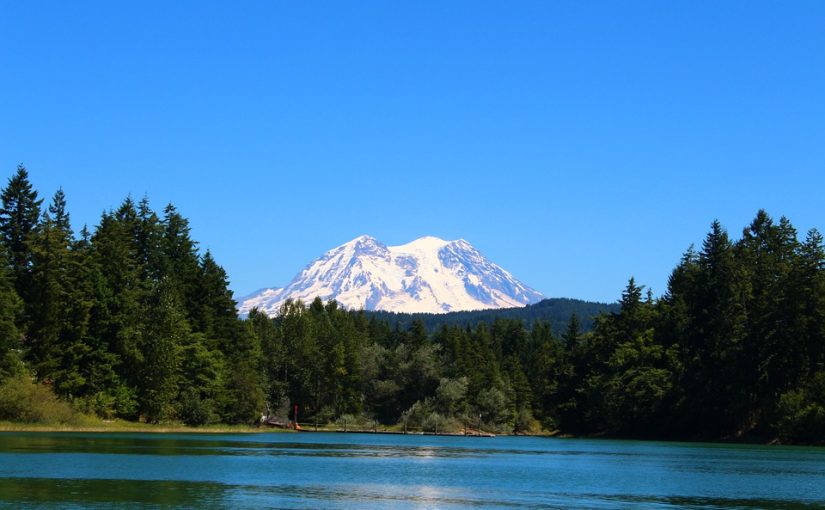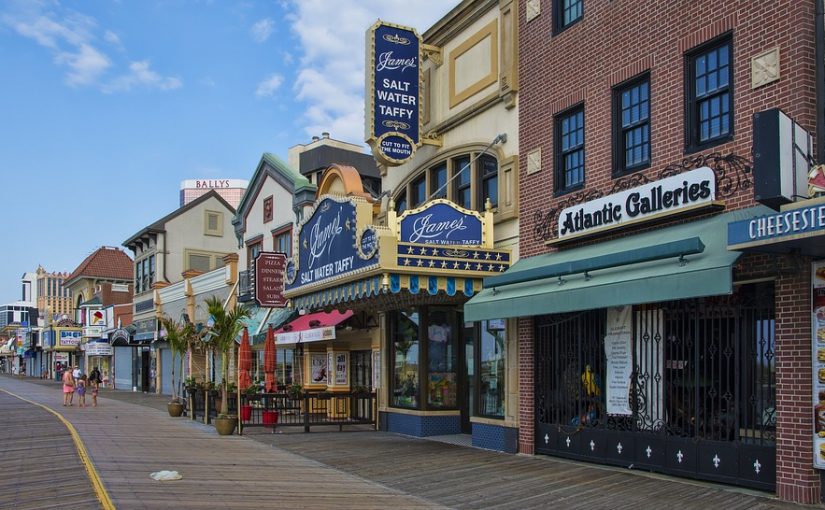In 2020, Missouri Workers Comp Rates will be declining for the 6th consecutive year
Earlier in December of 2019, the Missouri Department of Commerce and Insurance recommended a 1.6 percent decrease for workers compensation loss costs next year. If approved, this decrease marks the sixth consecutive year of declines for Missouri Workers Comp Rates in 2020.

The reason for the decrease in premium for 2020 is because of declining lost-time claim frequencies and increasing average medical claim costs. In a statement from Chlora Lindley-Myers, Director of the Department of Commerce and Insurance, “Missouri’s lost-time claim frequency continues to decrease due to safety improvements in the workplace, but average medical claim costs have increased every year since 2014,”

When Missouri Workers Comp Rates decline it is a boom to the economy throughout the state. Not all businesses nor all industries will experience positive rate declines. Depending upon the businesses experience modification rating, the classification code of the business, and the annual revenue of the business; some businesses may experience more or less of a decline in workers comp premium. The NCCI’s proposed average changes in loss costs by industry group are:
- Manufacturing: -0.7%
- Contracting: -1.7%
- Office and Clerical: -1.6%
- Goods and Services: -1.9%
- Miscellaneous: -1.8%







